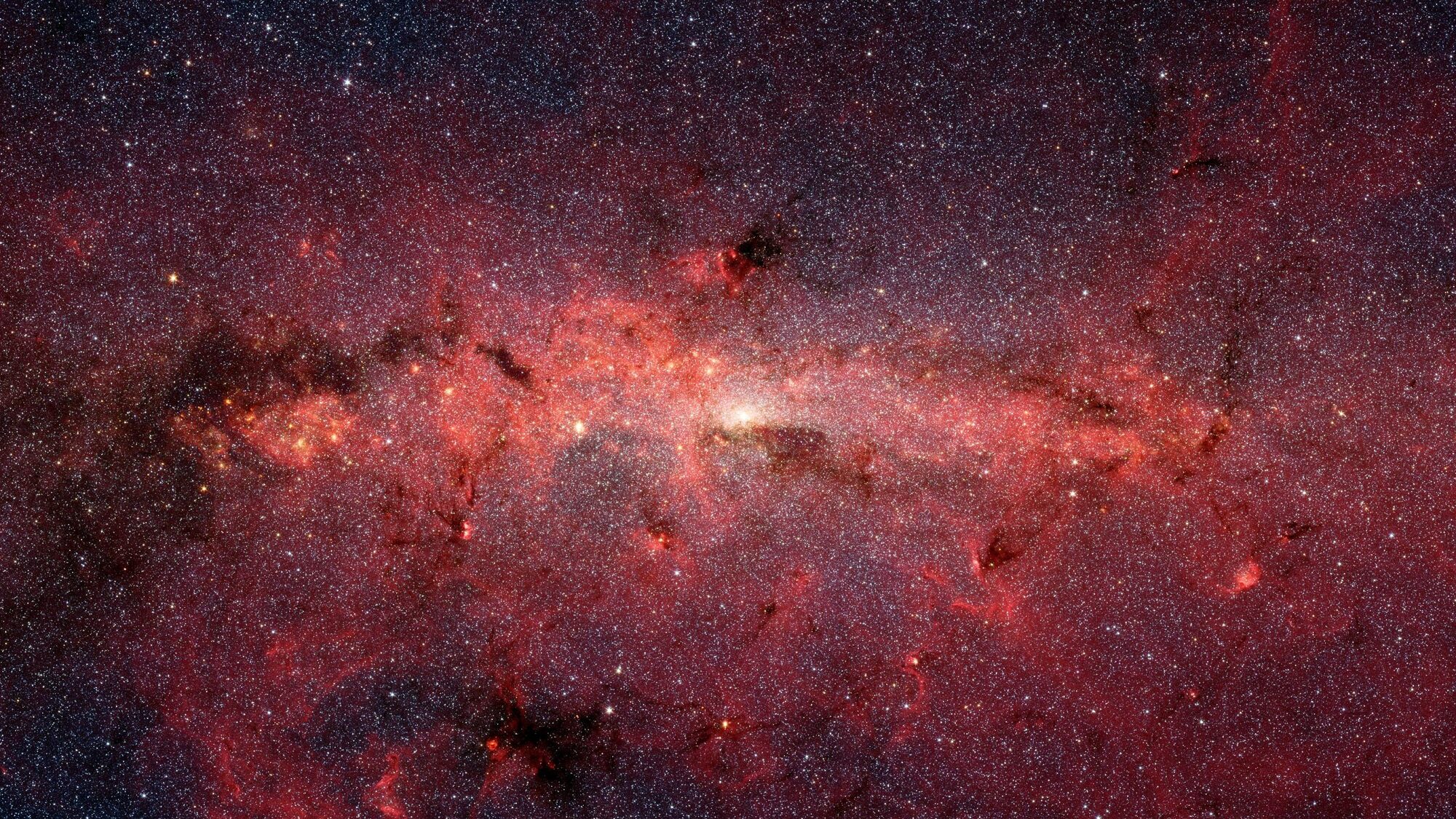

The lifetime of the universe is, unfortunately, so long that we can’t just wait and watch what happens to understand how it works. It’s a movie marathon that started billions of years before our species began, and will likely continue after us, too. But what if there was a recording, and we could wind back the tape?
Astronomers are doing just that with the famed James Webb Space Telescope (JWST), using the behemoth flying observatory to rewind through our universe’s history, searching for early galaxies. As a result, astronomers have found hundreds of galaxies from 11 to 13 billion years ago that also show a remarkable diversity of shapes: disks, bulges, clumps, lumps, and more. These star groupings emerged earlier in the universe’s timeline than previously thought, according to new research recently presented at the American Astronomical Society meeting and soon to be published in The Astrophysical Journal.
“It is amazing to be able to see the structures of these distant galaxies with such clarity for the first time,” said Jeyhan Kartaltepe, Rochester Institute of Technology astronomer and lead author on the new study. “They are anything but boring.”
To estimate the ages, Kartaltepe and her team used a well-established method in astronomy. Galaxies farther away from us in space also go back further in the universe’s history, thanks to the finite speed of light. Plus, given that the universe is expanding, galaxies farther away from us appear more red than they would if they were nearer, as their light gets stretched out while traveling the vast, lengthening cosmic distances to our telescopes. This gives astronomers an easy way to mark when something existed in the universe, known as redshift.
But, this also means targets with a higher redshift literally appear red, or even shine mostly in the infrared. So, a galaxy that looked bright blue billions of years ago may appear bright in infrared light to our cameras. This is the distinct advantage of JWST—because it sees the universe in the infrared, it can spot these distant, red galaxies. The telescope is also quite simply bigger than past space tools, and in the world of telescopes, bigger really is better.
[Related: How the James Webb Space Telescope is hunting for ‘first light’]
With previous data from the Hubble Space Telescope, which sees in the visible and near-infrared, astronomers already knew there were interesting and diverse galaxies in our universe from 11 billion years ago. To find out when the sweeping spirals and rotund bulges (like those in our own Milky Way) first formed, though, researchers needed to rewind the tape a bit further.
“We do not know what happened in the early universe to create disks and bulges, or when it happened, or where it happened, or how it happened—and we had no way of finding this out until JWST,” says University of Melbourne astronomer Benji Metha, a researcher not affiliated with the new findings. “We can use these [galactic] observations like a fossil record, to dig back through time and see what features existed in these galaxies while the universe was still under construction.”
The team gathered images of 850 galaxies with JWST, and classified them into the typical galaxy shapes: disks (like our own spiral galaxy), clumps, irregulars, or some combination of the three. The data was all analyzed by hand, with astronomers sifting through each and every file. “One thing I love about this paper is how human it is,” says Metha. He explains how a century ago, American astronomer Edwin Hubble used the Mount Wilson Observatory in California to sort different types of nearby galaxies, creating the classification system most astronomers use today. “At its core, this paper uses the exact same method that Hubble used: Look at some pictures, and write down what you see,” Metha adds.

The international group of researchers found lots of disks, which may be precursors to galaxies like the Milky Way. They also spotted lots of irregulars, which are signs of two galaxies whose gravitational fields got a little too close and nudged each others’ stars around, or even merged completely.
“We see all sorts of structures across cosmic time less than a billion years after the Big Bang,” says Olivia Cooper, an astronomer at UT Austin. These new images, she said, “demonstrate what we are able to do with JWST and hint at a universe that hosted evolved galaxies earlier than we thought.”
The fact that there was such a variety of galaxies while the universe was still young is puzzling, and sure to keep astronomers busy as they build better models to learn how these cosmic entities formed and grew. The study also shows that to see the first galaxies, experts will need to keep rewinding that tape, and pushing the boundaries of how far back JWST can peer into the universe’s past.
